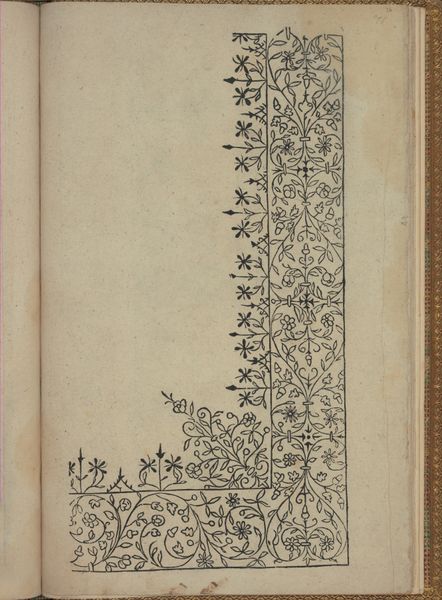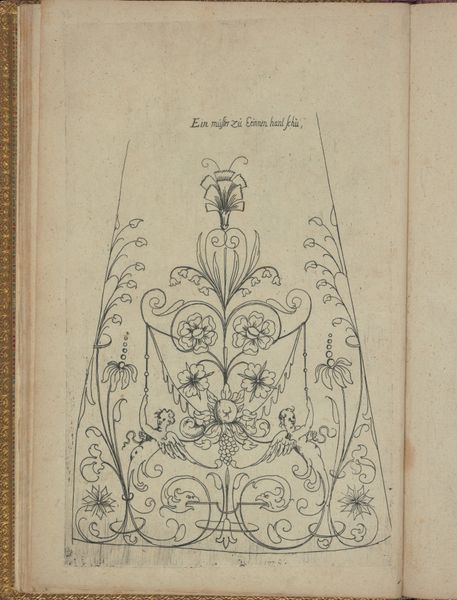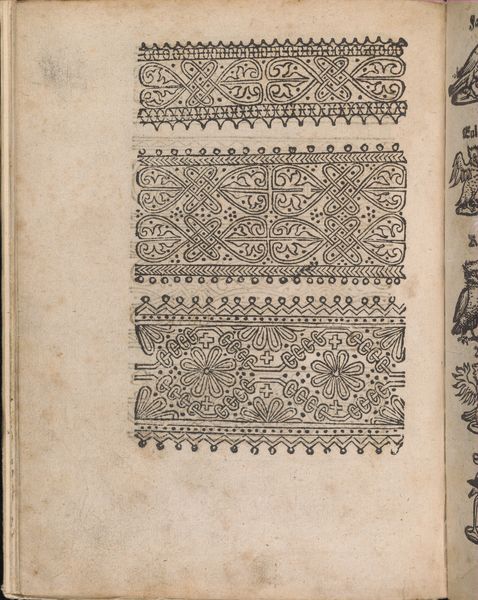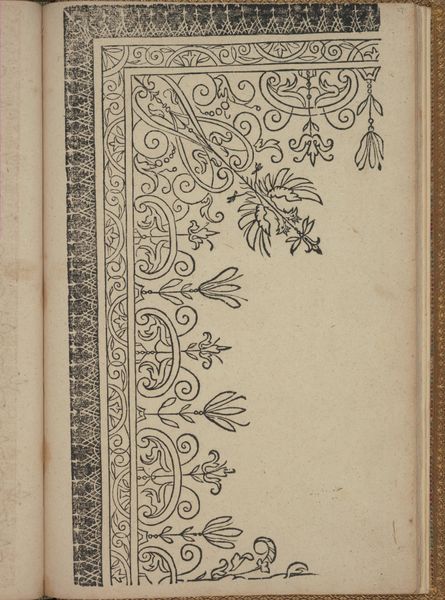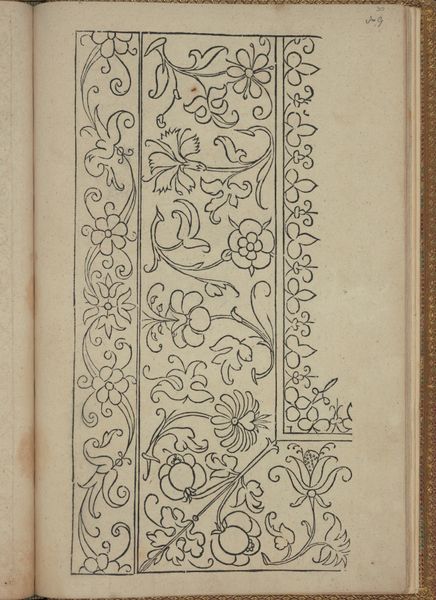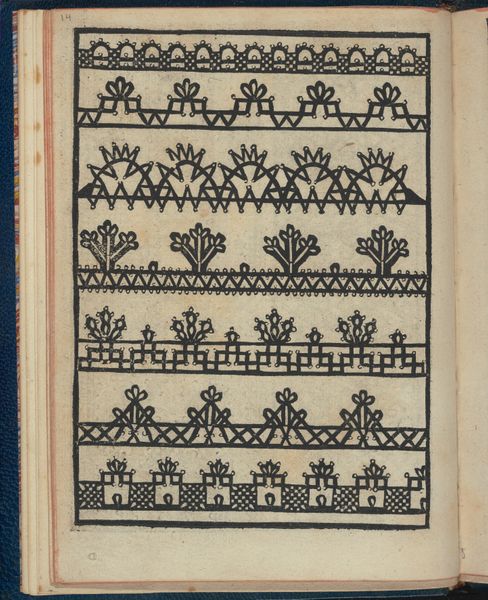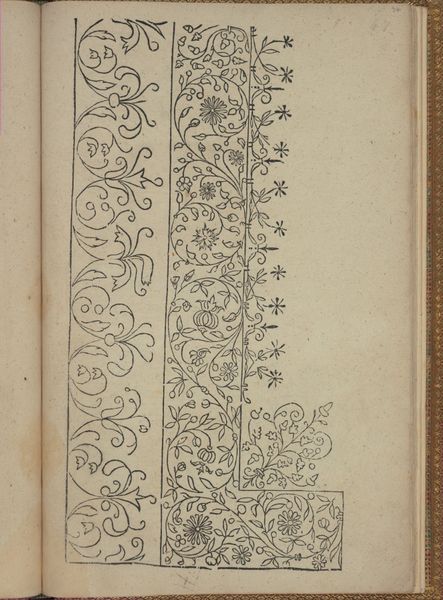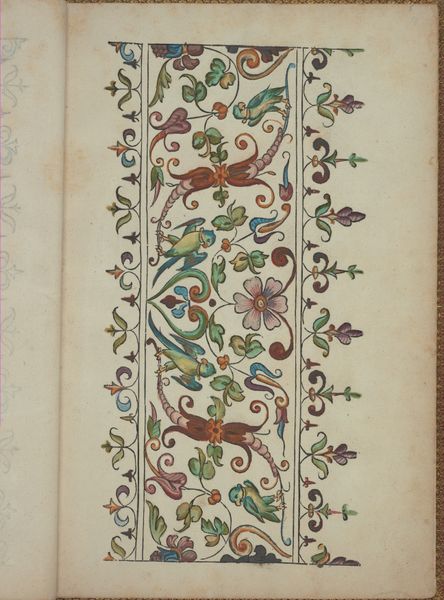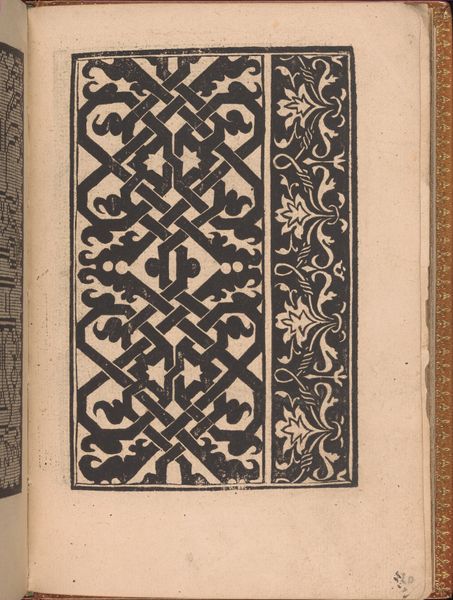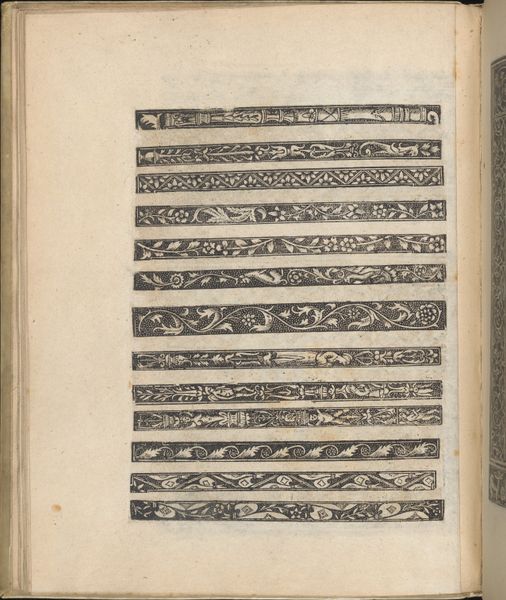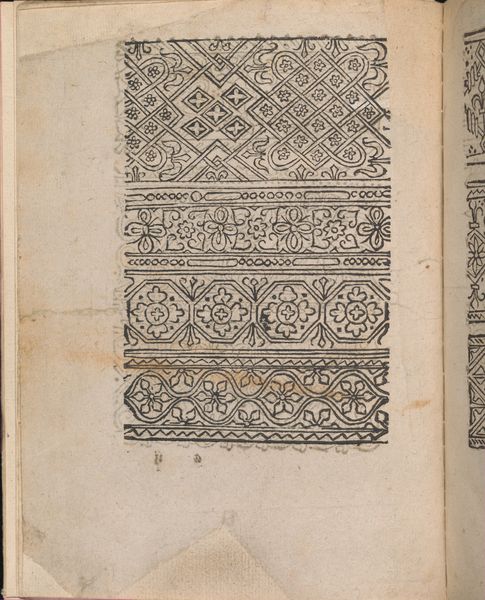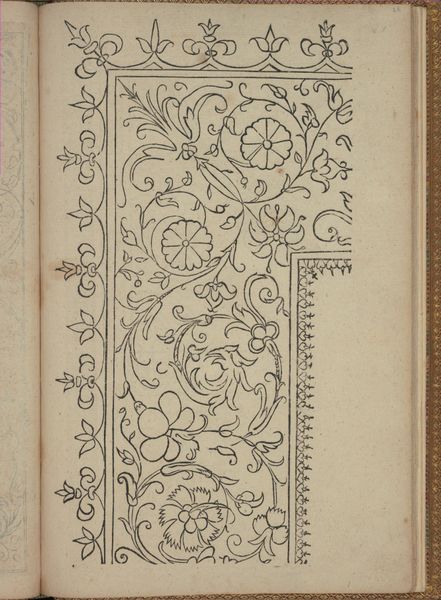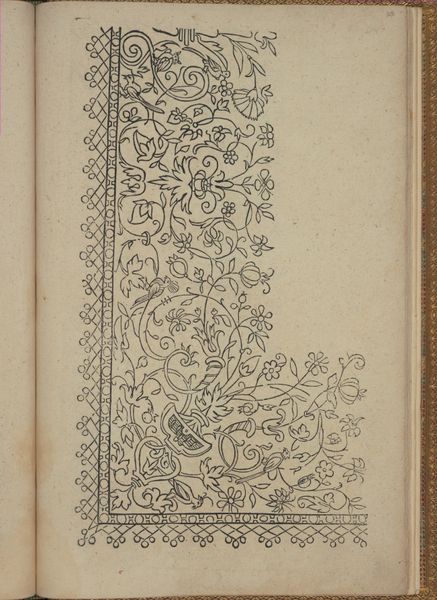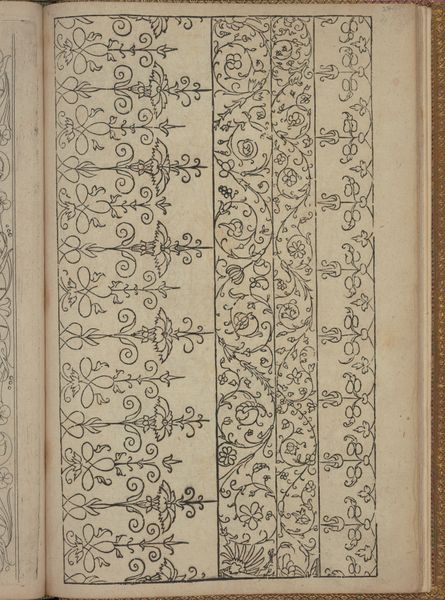
"Purple Amaranth and Watermelon", Folio from a Dispersed Nuzhatnama-i ‘Ala’i of Shahmardan ibn Abi’l Khayr 1400 - 1425
0:00
0:00
painting, watercolor
#
medieval
#
ink painting
#
painting
#
watercolor
#
islamic-art
#
miniature
Dimensions: Painting: H. 7 1/2 in. (19.1 cm) W. 4 1/4 in. (10.8 cm) Page: H. 9 5/8 in. (24.4 cm) W. 6 5/8 in. (16.8 cm) Mat:: H. 19 1/4 in. (48.9 cm) W. 14 1/4 in. (36.2 cm)
Copyright: Public Domain
This is a page with the painting "Purple Amaranth and Watermelon", by Shahmardan ibn Abi 'l Khayr, made in what is today Iran or Uzbekistan. It is from a dispersed Nuzhatnama-i ‘Ala’i, a compendium of medical and scientific knowledge. These paintings were part of a larger cultural project: the creation and dissemination of knowledge. In the mediaeval Islamic world, books were luxury objects. Their production involved teams of scribes, illuminators, and binders, working under the patronage of wealthy elites or institutions such as royal courts or religious schools. The image creates meaning through its clear depiction of plants and legible text. The attention to detail suggests a belief in the power of accurate observation. Art historians can use textual analysis and comparative research to better understand the place of images like this within the history of medicine and science. In this way, we can see art as part of a wider social and institutional context.
Comments
No comments
Be the first to comment and join the conversation on the ultimate creative platform.
